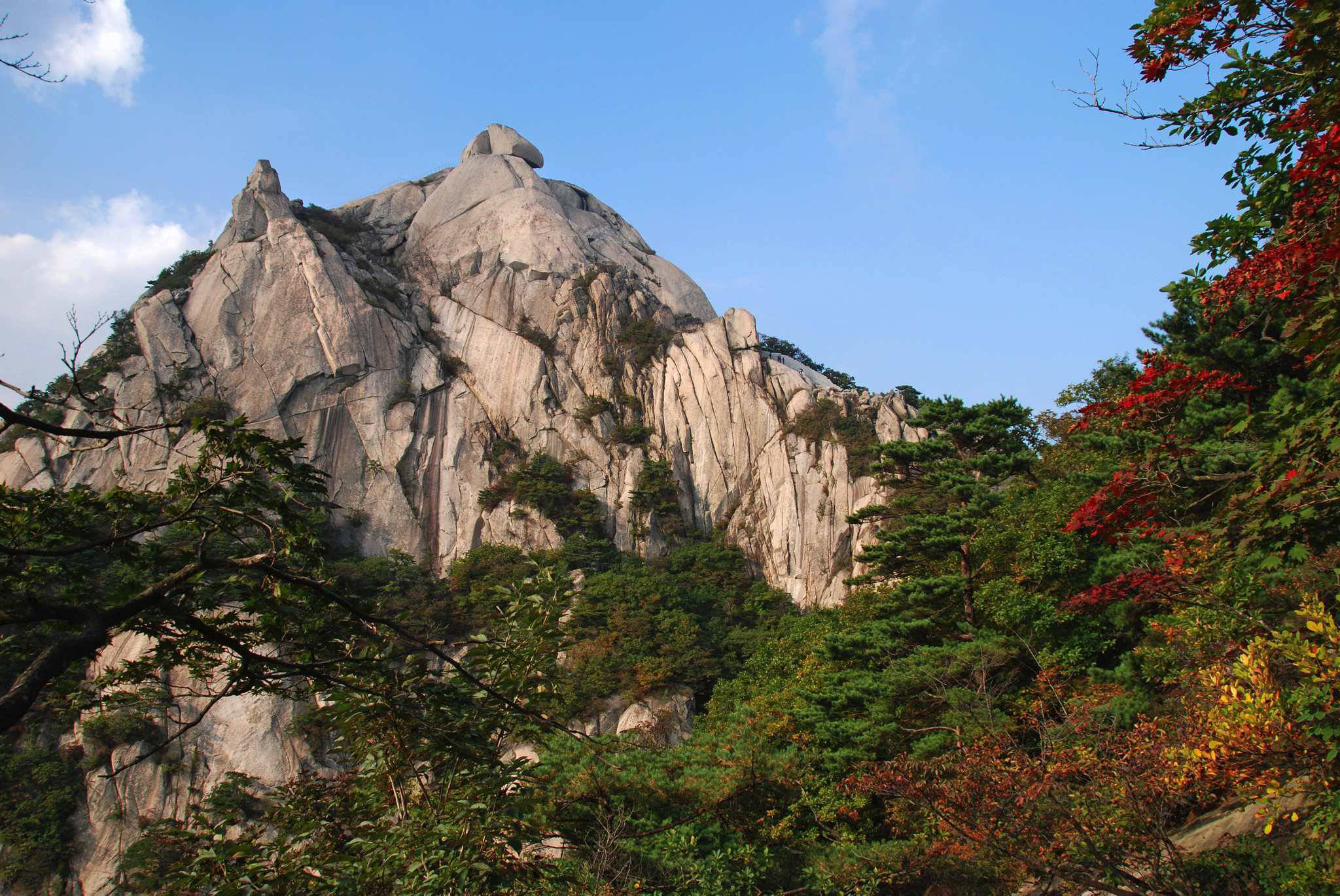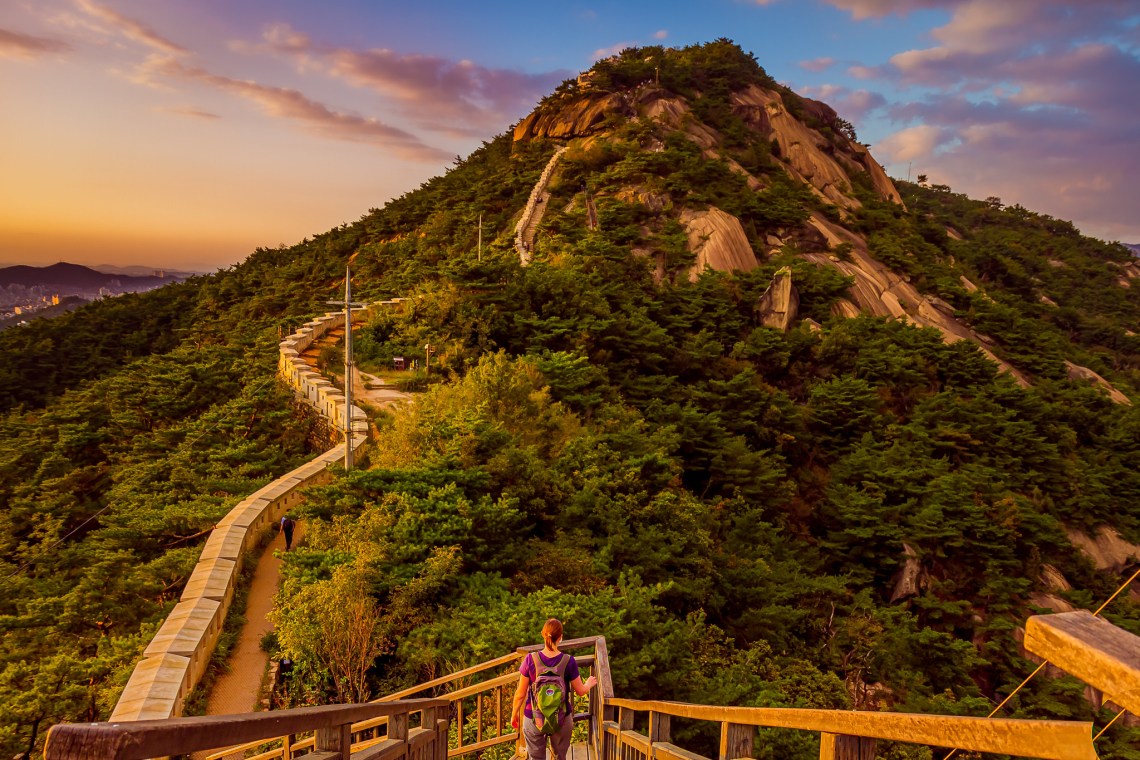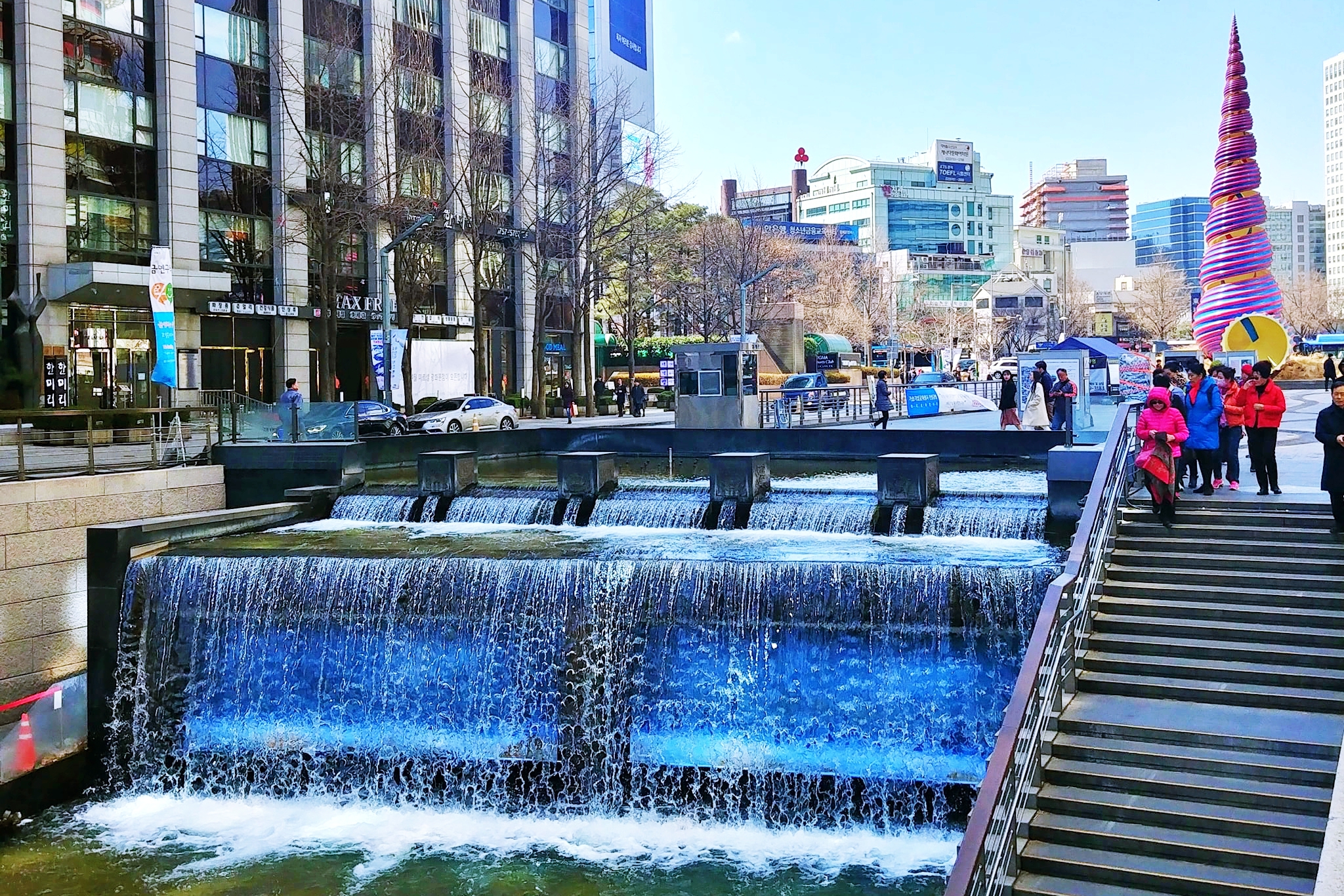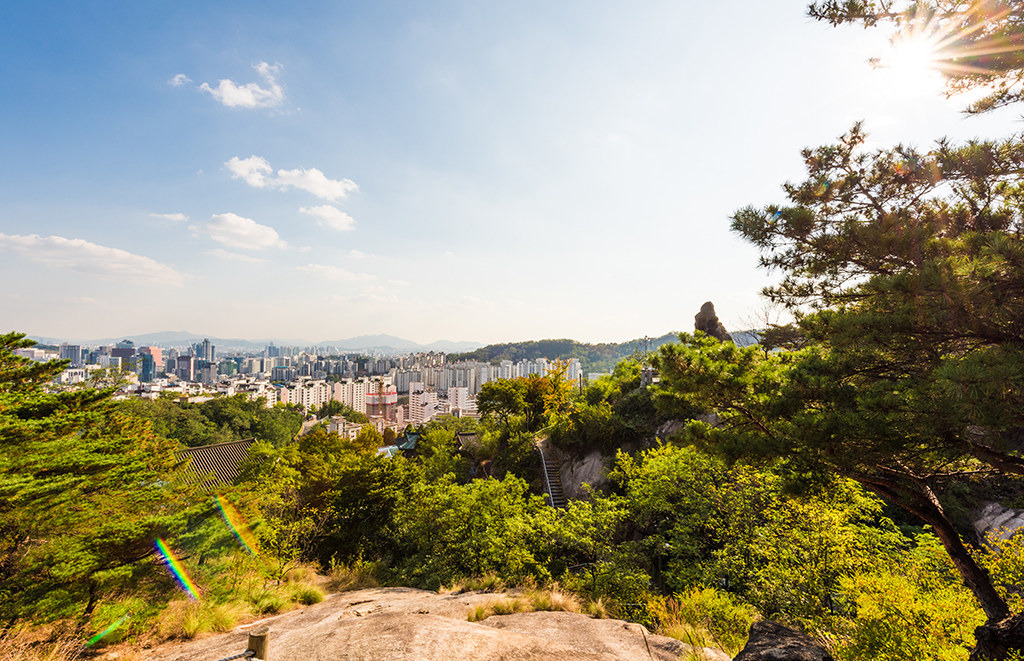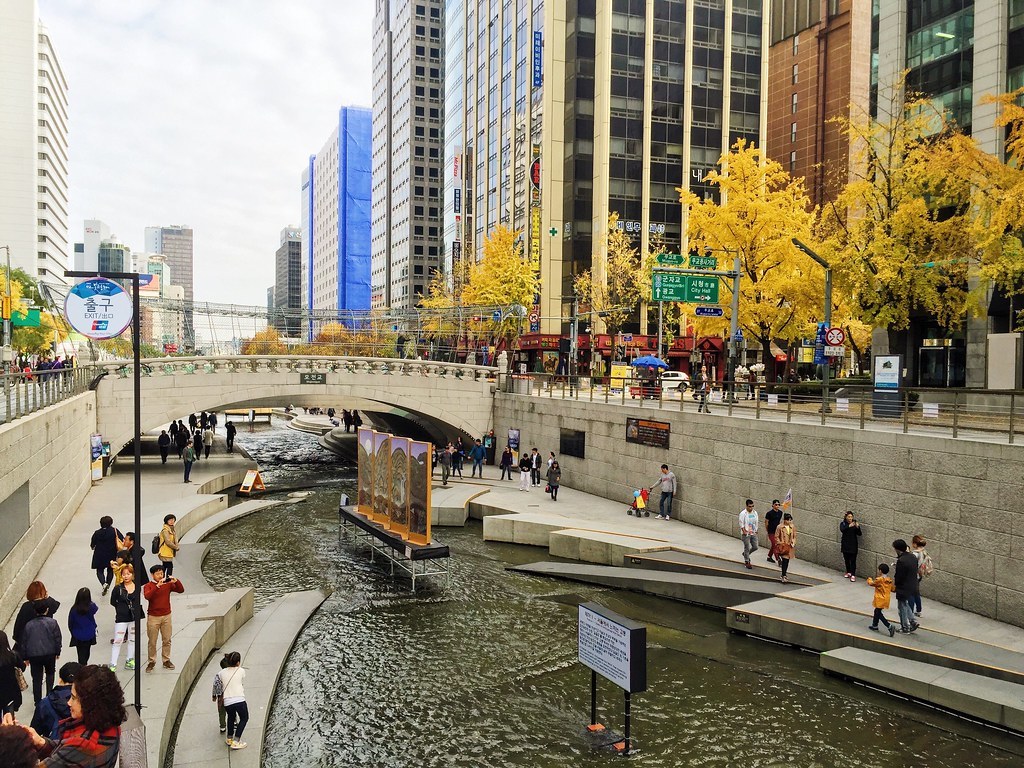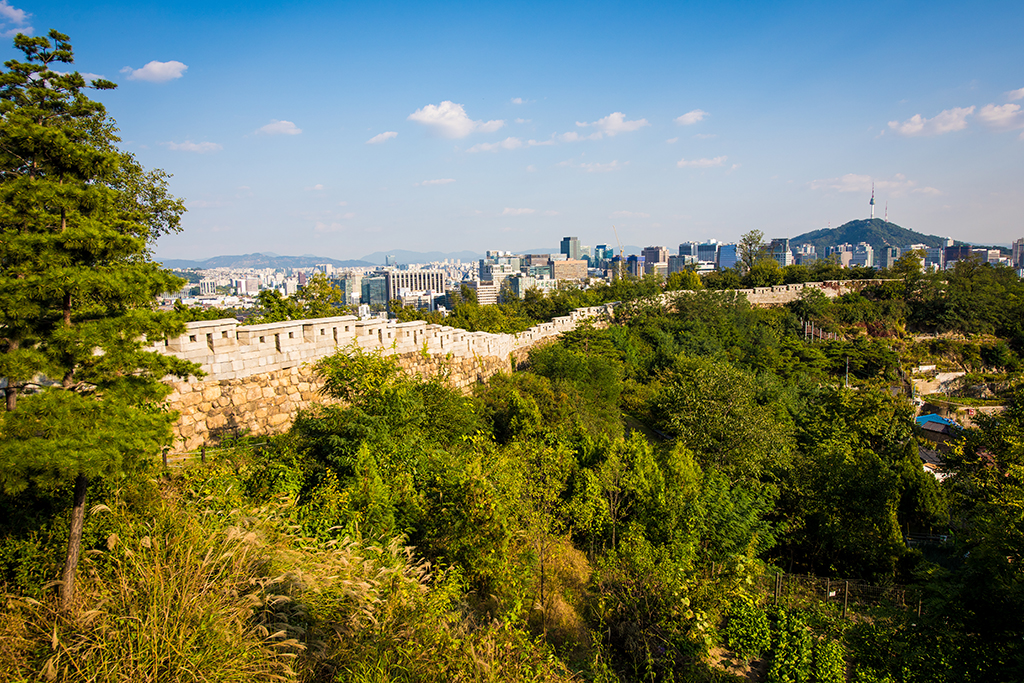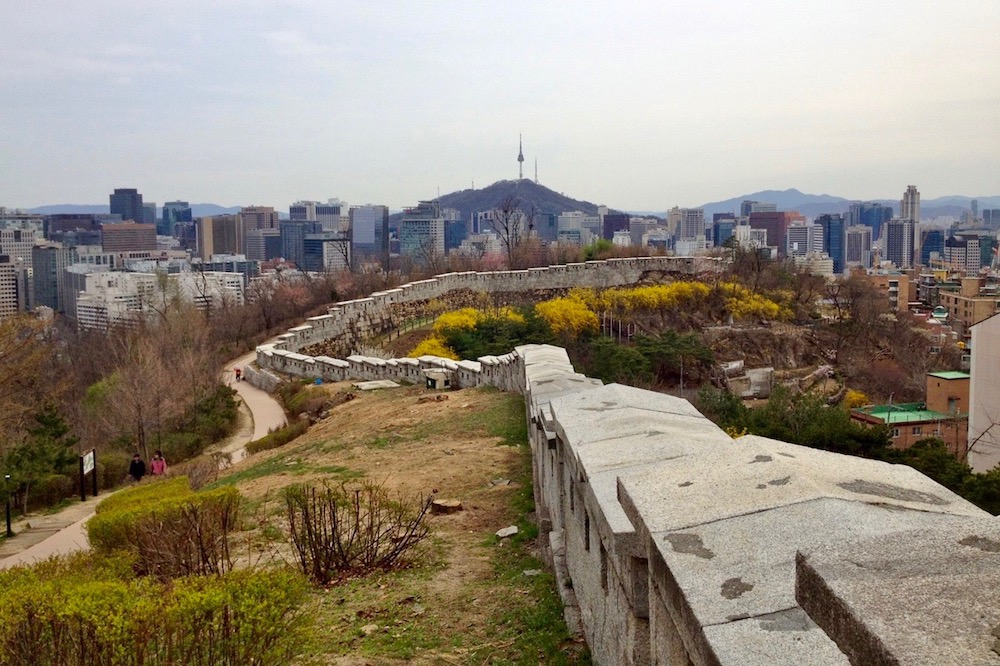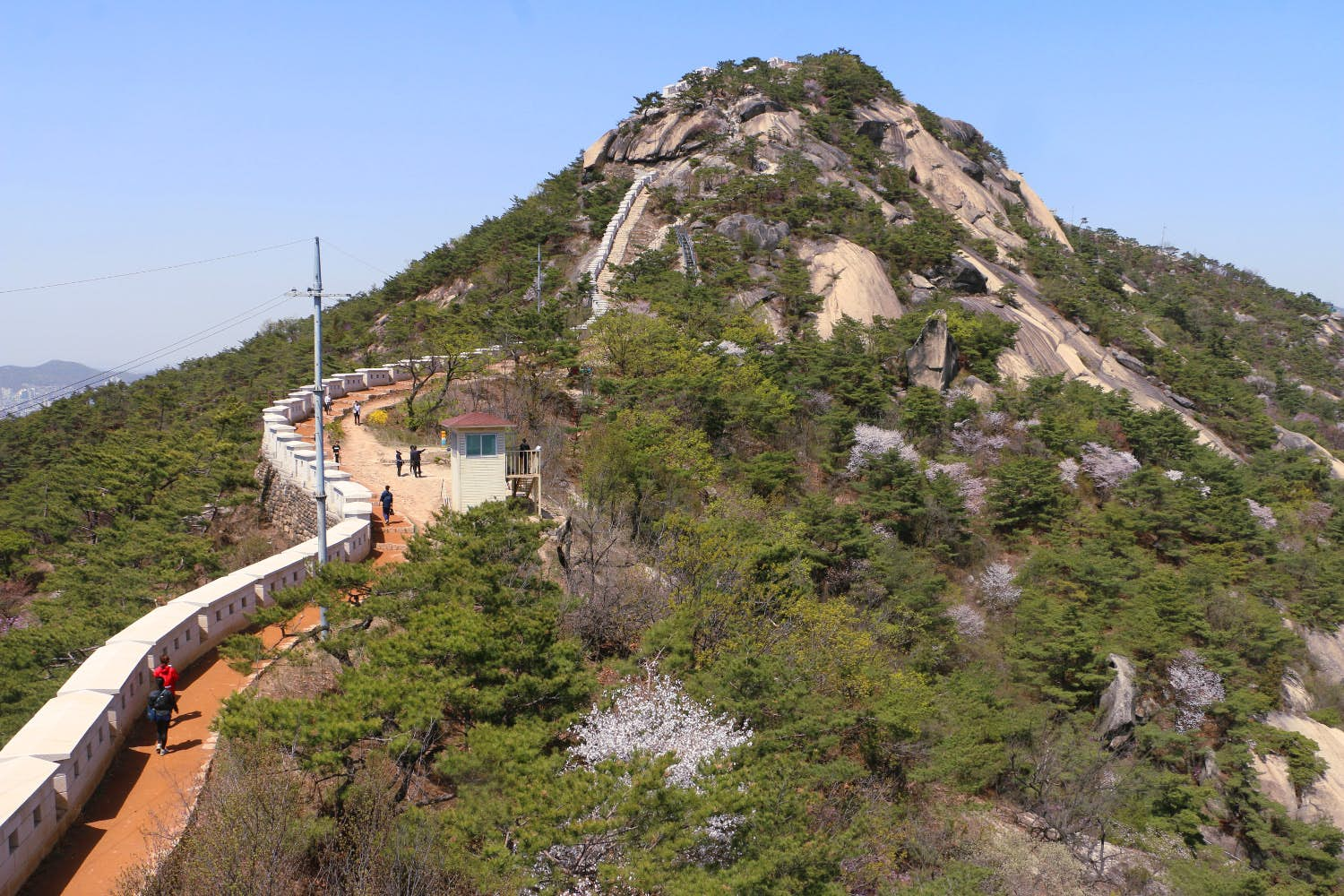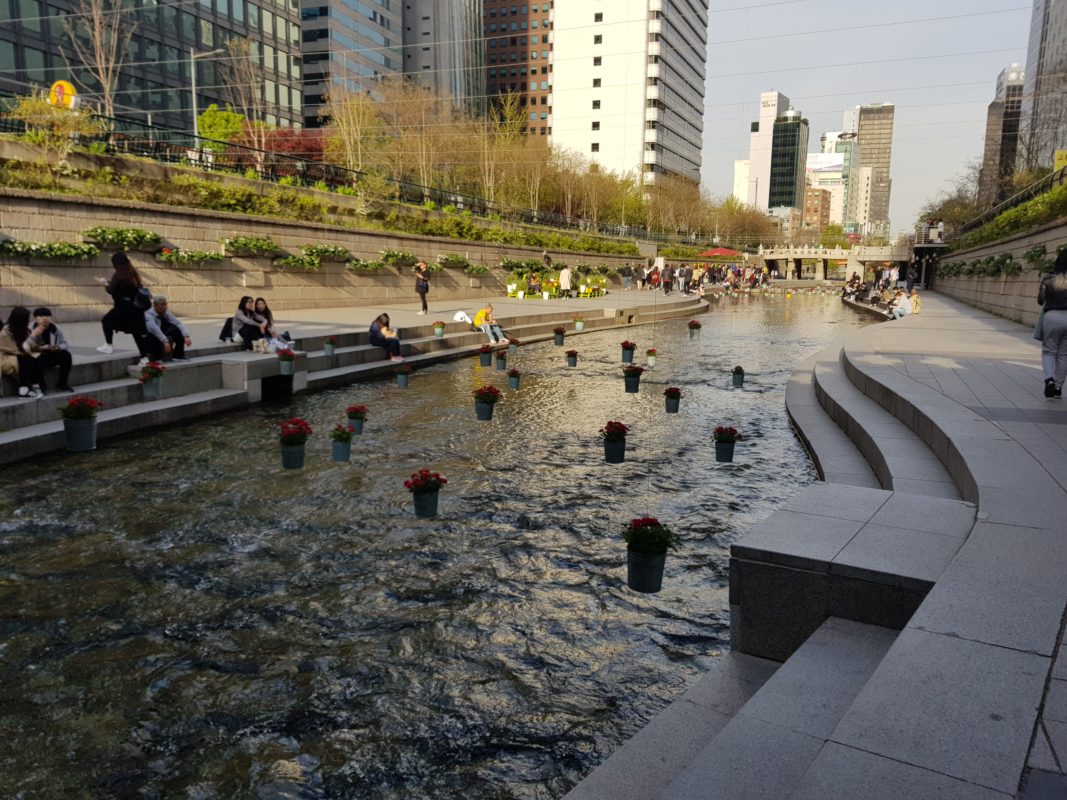 Photo permit included
Photo permit included
 Tour by public transport
Tour by public transport
 Canal Boat tour included
Canal Boat tour included
 Train tickets included
Train tickets included
 Suitable for little children
Suitable for little children
 Wheelchair accessible tour
Wheelchair accessible tour
 Museum ticket included
Museum ticket included
 Light snack included
Light snack included
 Lunch included
Lunch included
 Transportation included
Transportation included
 Walking Tour
Walking Tour
With this adventure, you will have 4 hours in the morning to discover Seoul, both - ancient and modern. As for the ancient one, you will visit Seoul City Wall. It will tell you a lot about the past of the country. As for the modern one, you will see Cheonggyecheon among other attractions. Discover why it's told to be 'flowing through time'. You will get to know how this area changed the look of the city. Enjoy the views and this active yet relaxing experience.
What's included
- E-bike rent
- Helmet use
- Lunch – vegeterian friendly
- Bottled water
- Pick-up and drop-off
- Coffee or tea
- Exact meeting location will be sent closer to the tour date
Highlights
Itinerary
09:30
First, you will get to see the Blue House.
Right after that, get to the local Tongin Market to have delicious lunch. Next, it’s time to visit Seoul iconic place, which is Gyeongbokgung Palace. As soon as you enjoyed the city views, you will have time to admire nature. One of the most beautiful natural attractions in Seoul – Inwangsan Mountain. You will also check Seoul City Wall. Discover its history, which will capture your attention. More beautiful views wait for you at Bukchon Hanok Village, where you will get next. A beautiful and tranquil Jogyesa Temple is also on the itinerary. And then you will see the symbol of modern Seoul – Cheonggyecheon Stream. You will get to know how it changed the look of the city.
Your tour will come to an end 4 hours later.
